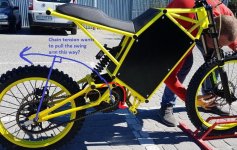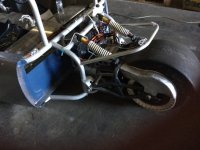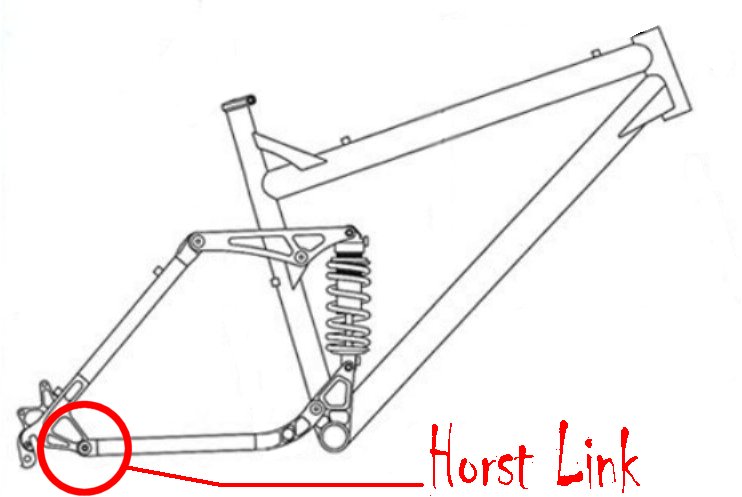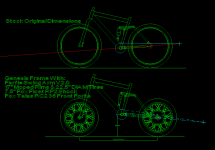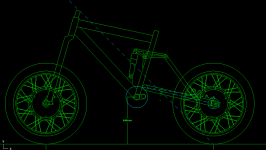Warren said:I had the paperback decades ago. Looks like it is all available on his site for free.
http://www.tonyfoale.com/Articles/RakeEx/RakeEx.htm
You didn't get it from me... :wink:
https://drive.google.com/file/d/0B3fQ3rXOgeWWLTEtcV9vMHRnUFE/edit



